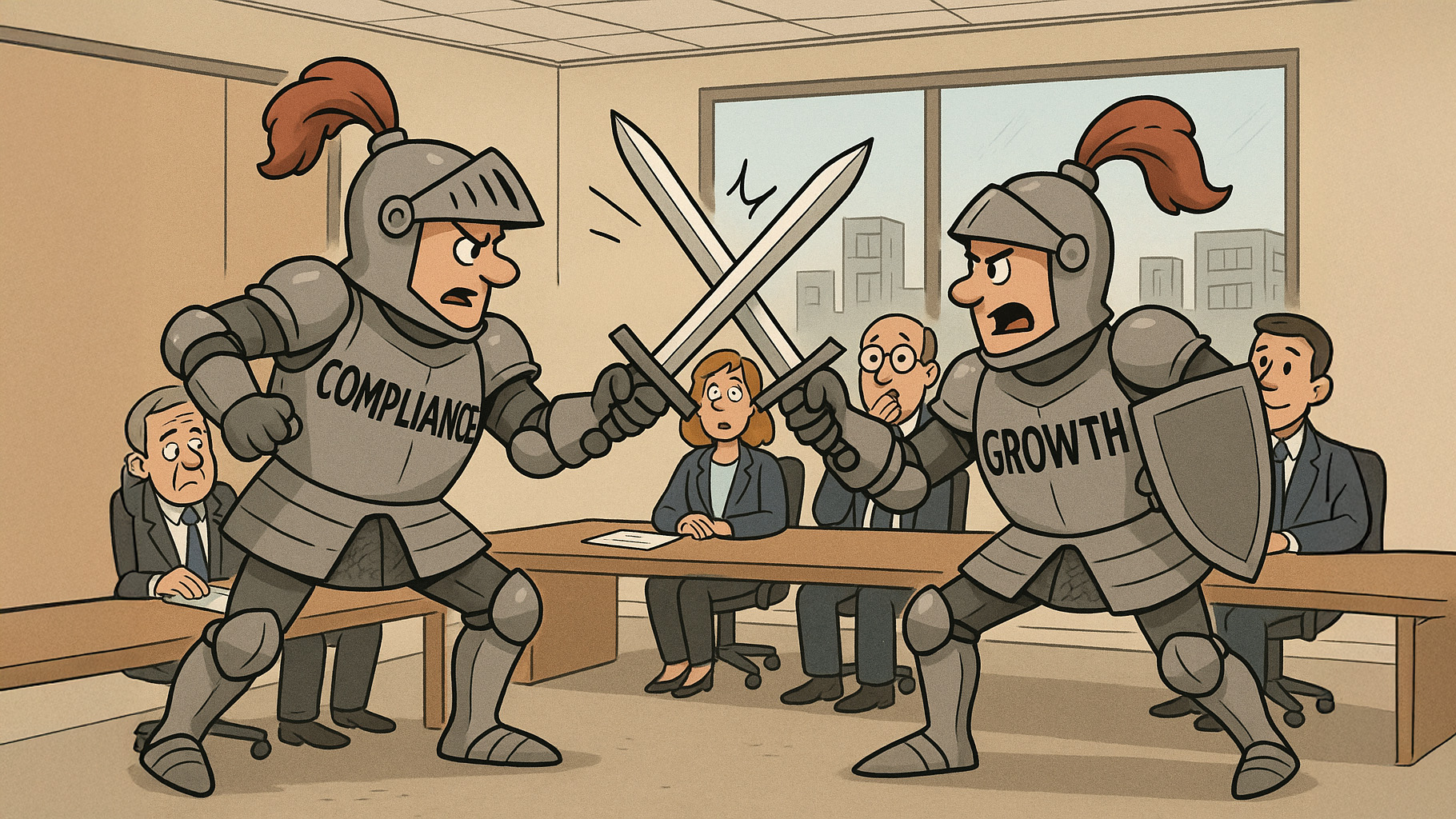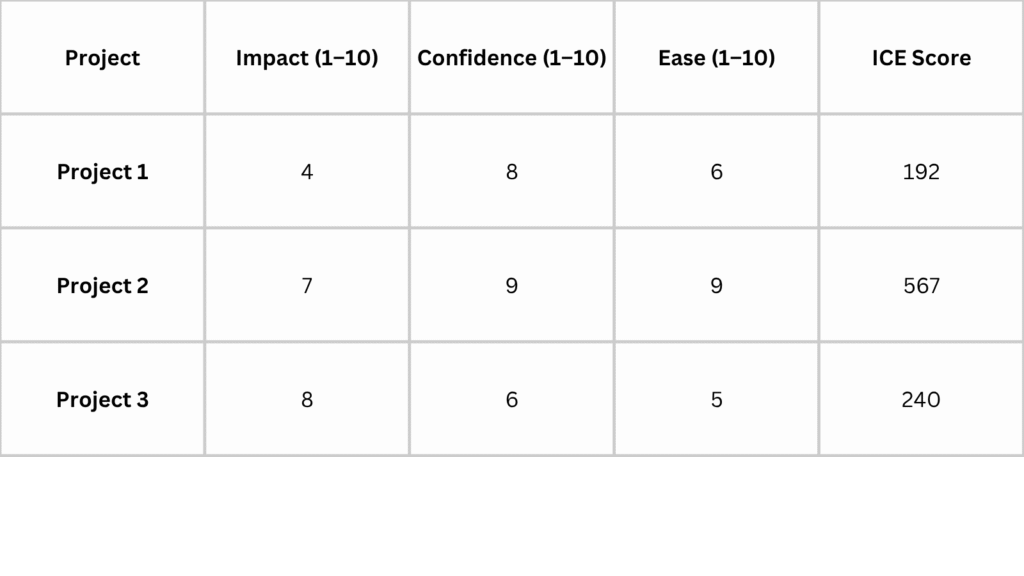Solar roofs promise the clean glamour of renewable energy without the clunky hardware, and companies like SolarTyle built their entire pitch on that seductive idea. The whole industry likes to imagine itself as the natural next step after the age of bolt‑on panels, moving towards rooftops that look normal but quietly pump electrons into your kettle. It’s an appealing fantasy. Once you’ve seen a Victorian terrace disfigured by a mismatched set of shiny rectangles, you understand why architects light up at the thought of solar tiles. Yet behind the aesthetics lies a complicated business trying to become something bigger than a niche.
Solar roofing sits in a strange middle ground between green tech, construction, and design. It tries to deliver sustainability without asking homeowners to sacrifice beauty, and that’s a rare triple win in property. You see why investors start to circle. Global forecasts buzz with numbers that spark excitement on pitch decks. Analysts say the solar‑roof‑tiles segment hovered around one and a half billion dollars a couple of years ago. They also say it could climb above six billion by the early 2030s. Another set of analysts throws out their own curve and suggests the wider solar roofing category might hit more than twenty billion by the mid‑2030s. Everyone uses slightly different definitions, but the direction of travel looks unmistakable. Money is moving in, people want rooftops that earn their keep, and urban planners prefer clean lines over panel farms.
The UK’s position looks particularly interesting. Solar roof‑tiles brought in just over two hundred million dollars locally in 2024, and projections point towards crossing the half‑billion line before the next decade arrives. The British obsession with tidy exteriors and brick‑by‑brick uniformity might finally pay off. Add energy bills that behave like a bouncy castle and the national craving for anything that lowers monthly costs, and you start to see why demand is creeping up.
Then there’s the regulatory pressure. Building standards are changing faster than local councils can update their PDFs. The push for zero‑carbon ready homes means developers must either bolt solar onto a project or weave it directly into the roof. The second option tends to score more points with planners and buyers. Solar roofing sneaks past aesthetic objections that killed many panel installations in conservation areas. Nobody wants to be the neighbour who ruins the skyline of a Georgian cul‑de‑sac with something that looks like it escaped from a science fair.
Technology plays its part too. Solar tiles have grown up from the fragile, underpowered experiments of a decade ago. Companies now pack clever cell architectures behind those unassuming surfaces. Some place electrical contacts behind the cell to let more sunlight in. Others explore hybrid designs mixing tiles with subtle in‑roof panel sections so the entire system behaves as a uniform skin. Efficiency still lags behind traditional roof‑mounted panels, but the gap keeps closing. Better materials, smarter thermal management and improved manufacturing lines push the idea forward. Every percentage point gained becomes a marketing line and a way to justify calling the whole thing a revolution.
Growth, however, rarely arrives without complications. The industry carries a list of challenges that reads like a polite warning sign. Start with efficiency. Solar tiles usually collect fewer watts per square metre than standard panels. They sit flush with the roof, which makes them prettier, but physics grumbles about airflow and cooling. Hotter cells produce less energy, so integrated designs need to fight heat without losing the sleek profile everyone admires. For homeowners counting every kilowatt hour, the trade‑off deserves honesty.
Costs add another hurdle. Installing solar tiles becomes financially attractive mainly when someone already needs a new roof. If the existing roof still behaves itself, ripping it off purely for the sake of aesthetics turns into an expensive adventure. Traditional panels win here with their quick installation and lower price. The solar‑roofing camp argues that you should compare their systems to a premium roof rather than a panel add‑on, but buyers rarely think in those terms. They look at total outlay, and tiles still sit on the upper shelf.
Installation difficulty brings its own drama. Instead of a day’s work with feet bolted onto the rafters, installers must lay tiles with millimetre precision, connect hidden wiring, integrate it with waterproofing layers and then pray the British weather behaves for long enough to test the electrics. A poorly fitted solar tile doesn’t just lose energy; it leaks. Roofers need retraining, electricians need certifications, and homeowners need patience. When done properly, the result looks stunning. When done badly, the repair bill tells a different story.
Controversies simmer quietly in the background. Traditional panel manufacturers argue that integrated tiles promote style over substance, promising green energy without delivering the highest possible output. Environmental purists sometimes complain that the embodied carbon of producing designer tiles doesn’t justify the lower yield. Then there’s the uncomfortable topic of inequality. Solar tiles risk becoming a marker of affluence rather than a mainstream climate solution. Households chasing the lowest energy bills may still pick conventional panels because cost beats beauty. Unless prices fall, the revolution stays stuck in the upscale lane.
Planning departments introduce another plot twist. While tiles look discreet, they still change the roof’s structure. Not every conservation officer welcomes that change. A few treat any modification to a historic roof as sacrilege. So the very audience who might appreciate the subtlety of solar tiles often faces the hardest approvals. That’s the irony of heritage buildings: they need sustainable upgrades the most, yet push back the hardest.
There’s also the question of longevity. Standard solar panels come with long performance warranties and decades of real‑world data. Solar roofing doesn’t have that luxury. Homeowners must trust that the tiles will last as long as a regular roof while still generating electricity at a useful rate. If one tile fails, the repair can be fiddly and costly. Swapping a panel is straightforward. Swapping a tile sometimes requires climbing into the roof’s heartbeat.
Still, the industry pushes forward. Partnerships between solar‑tile makers and established roofing companies hint at what happens next. When a tile manufacturer joins forces with a long‑standing roof brand, the product becomes less exotic and more mainstream. A homeowner feels reassured knowing that the same company behind their neighbour’s concrete tiles also created the solar version. It blends novelty with trust, and that’s exactly what a young industry requires.
Developers already sense an opportunity. Imagine a future where every new estate gets delivered with a roof that quietly powers the dishwasher. Buyers won’t see it as a special feature but as a basic expectation, like double glazing or a boiler that doesn’t explode. As large developers adopt solar roofing at scale, manufacturing costs should fall, designs should standardise, and installation teams should become more reliable. Once the industry crosses that threshold, the technology stops being a talking point and becomes a default.
Batteries darken the plot in a good way. Rooftop generation paired with home storage turns a property into a tiny power station. Solar roofs then feed electric vehicles, smart heating systems, garden offices and even neighbourhood microgrids. Governments talk endlessly about resilience and decentralisation, and solar roofs fit neatly into that story. The idea of streets full of houses quietly generating and storing energy sounds idyllic. Of course, balancing all that power across millions of homes gives grid operators headaches, but those come with the territory.
Aesthetics also elevate the industry’s appeal. There’s something undeniably elegant about a roof that hides its purpose until you check your energy monitor. Architects adore the ability to design smooth surfaces uninterrupted by awkward rectangles. Homeowners like the idea of sustainability disguised as tradition. Energy consultants love the optics of a neighbourhood full of green upgrades that nobody can complain about.
Investors keep circling because the industry’s shape resembles other tech‑construction hybrids that exploded once production scaled. Early adopters pay a premium. Manufacturers learn. Processes get smoother. Prices fall. Then everyone jumps on board. Solar roofing might follow that curve, though there’s no guarantee. It depends on whether companies balance cost, performance and reliability before scepticism wins.
The next decade will decide everything. If the market moves from a couple of hundred million in annual UK revenue to the half‑billion range as forecast, solar roofing becomes more than a talking point. It becomes a serious slice of the construction sector. If global figures quadruple as predicted, the industry moves from novelty to mainstream green infrastructure. But the companies leading this shift must tread carefully. They must convince homeowners that the benefits outweigh the risks, must persuade regulators to view integrated solar as a future‑proof default, and must show investors that scale isn’t a pipe dream.
Companies like SolarTyle act as test cases. They sit at the frontier, demonstrating how attractive solar roofing can look when integrated properly, and partnering with experienced roof manufacturers to deliver something developers might choose without hesitation. If they succeed, they create a template for others. If they stumble, critics will say the concept never deserved a seat at the table.
For now, the outlook remains optimistic. Demand for clean energy keeps rising. People want homes that create rather than consume. Governments rewrite rulebooks around energy efficiency. Architects crave solutions that let them keep their skylines tidy. Solar roofing checks enough boxes to earn serious attention. It may not replace traditional panels everywhere, but it doesn’t need to. It only needs to become common enough that homeowners mention it casually over coffee.
Picture a future where someone says they’re getting their roof redone, and the first question isn’t whether they’ll install solar, but which style of solar roof they’re choosing. That’s the moment the industry crosses from interesting to inevitable. Solar tiles might start as the pretty option, but their true power lies in becoming the obvious one.
























